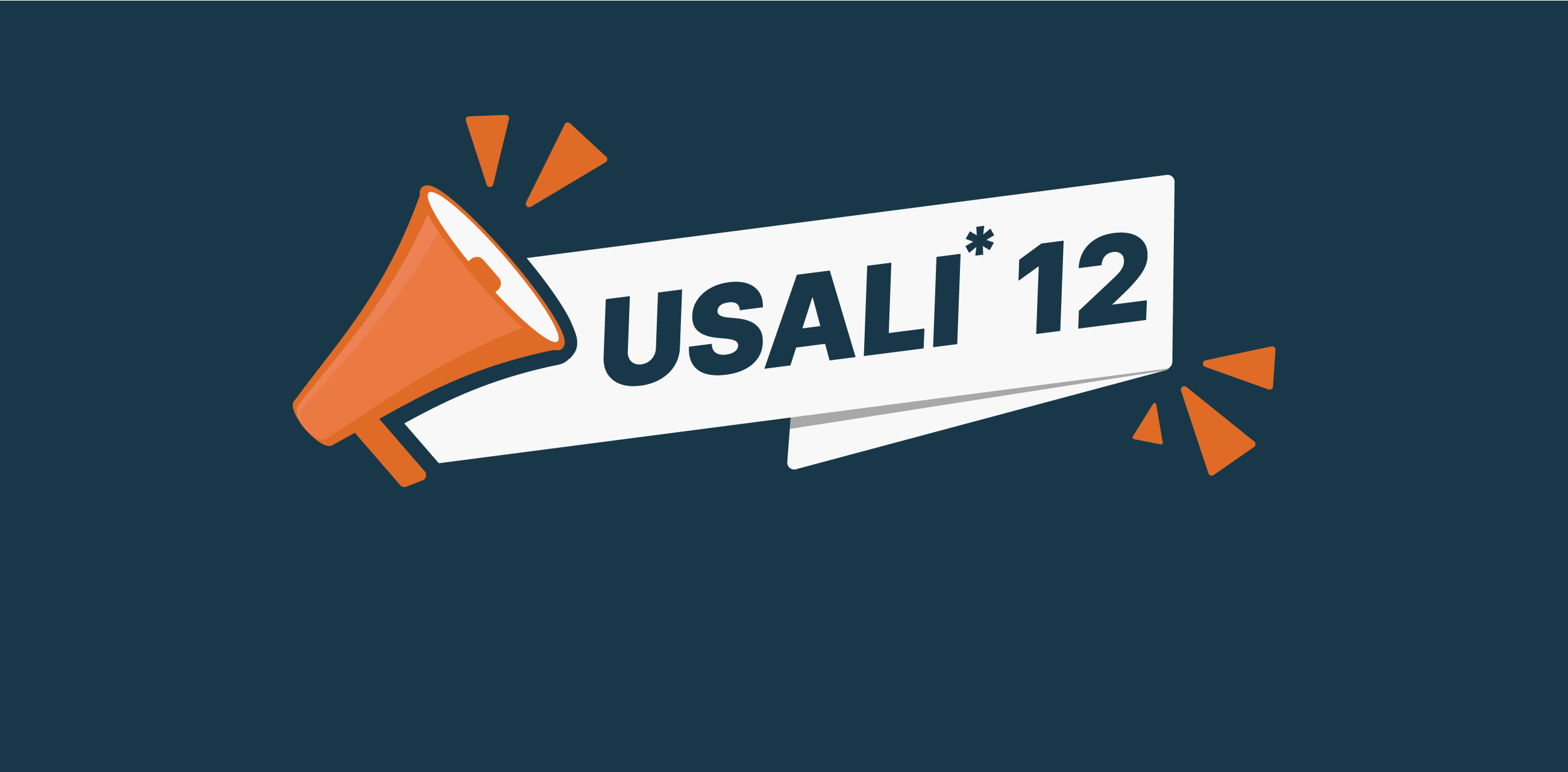5 Tips to Successfully Introduce Rolling Forecasting with FairPlanner
Increase your profit with dynamic planning and analysis
The crisis has shown that in turbulent times and in a highly dynamic market, close monitoring of hotel performance by doing a rolling forecast is crucial. The introduction of FairPlanner as a financial planning tool simplifies the entire forecasting and budgeting process. The rolling forecast feature enables regular performance analysis of the entire hotel business with a focus on profit.
Some of you may be asking: Why is dynamic planning by doing a rolling forecast the key to increasing hotel success? And why now, of all times, is the introduction of optimization financial planning processes the industry’s focus?
The reasoning is quite simple.
As factors such as growing competitive pressure, the invention of online booking platforms and price comparison portals as well as the individualized guest preferences led to the conclusion that profitability and return targets can only be achieved with a customer-oriented sales and marketing concept, the Coronavirus crisis have unfolded the industry’s underlying, “internal” weaknesses.
Imagine a cyclist thinking that he is going really fast all on his own when the tailwind is pushing him. For the hotel industry, the steadily growing influx of travelers in the past made hoteliers think their business is secure, when in reality, it just masked a market particularity – room demand is greatly susceptible to fluctuations caused by different factors. Unpredictable events such as a pandemic or a natural disaster, or simply because of the guest who is now more selective thanks to price transparency and who also books (or cancels) at shorter notice.
The coronavirus pandemic demonstrated in a very extreme way that demand can easily drop to zero, or “best” case to a minimum, in the event of a crisis.
A financial planning that is limited to one budget at the beginning of the year and the profit and loss account at the end of the year is not sufficient anymore in today’s highly volatile market.
Corona highlighted the importance of an efficient financial planning for the industry, focusing on optimised processes allowing quick readjustments in case of demand changes to ensure continued business.
To increase forecasting reliability, the introduction of shorter planning intervals and the consideration of all revenues and all costs for every department using a rolling forecast is necessary to stay focused on profit and overall hotel success.
This closes the information gap between the Budget at the beginning of the year and the Profit and Loss account at the end of the year. Since all business activities are already systematically recorded in the hotel’s accounting department and the booking entries are available in the PMS, this gap can be closed efficiently and with little additional effort by using a suitable financial planning software.
Time as a critical factor: It is not just about taking action – but quick and proactive reaction
A monthly Rolling Forecast focuses on more than just the lodging department. FairPlanner is based on the hotel’s chart of accounts. With a rolling forecast based on the P&L (Profit & Loss), the hotel management has access to all current and planned revenues, planned and already incurred variable costs, fixed costs and the resulting attributed net and gross profit. The introduction of a monthly rolling forecast becomes a seismograph for unplanned events. The target-actual comparison serves as a control tool that helps improve forecasts and provides guidance on what measure to take to stay on track and achieve targets.
5 tips to successfully introduce FairPlanner’s Rolling Forecasting
Even if the advantages are clear, the introduction of a rolling forecast also means a change in existing processes. Therefore, it is useful to pay attention to a few points so that adapting the new practice brings the desired success.
1.- Always start with a target plan (often synonymous with a budget)
The basis of a rolling forecast is a detailed budget, at least on a monthly basis.
With FairPlanner, you can either copy and adjust the previous year’s values or you can start from scratch. For the separate planning of the hotel’s own segments, mapping is done so the hotel segments from your PMS are transferred to FairPlanner.
The distribution of values to the months is done according to your specifications.
2. Define a clear binding process flow.
Identify your process champions and set your deadlines. If something unforeseen happens, you can shorten the intervals. A weekly or daily review of target/actual values based on the automatically generated reports and set KPIs increases planning security. You can do this using the workflow management feature within FairPlanner. It also has an automatic email dispatch function to send out analyses and evaluations in good time.
3. Involve the entire management team.
Take advantage of the knowledge and experience of your managers, by letting them plan his or her own area of responsibility. In this way, you significantly empower your managers to act independently and proactively. For more transparency, low-friction communication and encourage team collaboration, FairPlanner offers a comment function. Access rights are centrally managed so that you can set permissions as to who can view and/or make changes accordingly.
4. Use “target-actual” variance analysis for forecasting
The comparison of TARGET versus ACTUAL is the fundamental measuring tool for planning accuracy. Depending on the selected detail or segmentation, the target-actual comparison is the most important informant of which areas have opportunities to take advantage of or areas with risks to watch out for so you take proactive action.
The interactive reporting system allows you to quickly switch from the general overview of your hotel company to the separate evaluation by segments or departments with selectable time periods. The ready-to-use reports and evaluations correspond to industry-specific characteristics and requirements for the calculation of meaningful hotel KPIs.
5. Consider deviations from the Plan as opportunity
A deviation from the plan is basically normal because nobody can look into the future. It is not so much about being 100% correct, but more about minimizing the commercial risk of planning errors and obtaining indications of opportunities and risks in the target/actual comparison. The biggest mistake is not to plan at all.
The crisis has shown that in turbulent times and in a highly dynamic market, it is crucial to track performance closely through a rolling forecast. This is the only way you can use deviations from the plan as your seismograph to optimize your forecasts and act proactively rather than reactively.
Tip:
With the What-If function, you can also create a worst-case scenario for the future. In this way, you gain valuable time, just like how disaster control specifies clear procedures to be able to act immediately.



